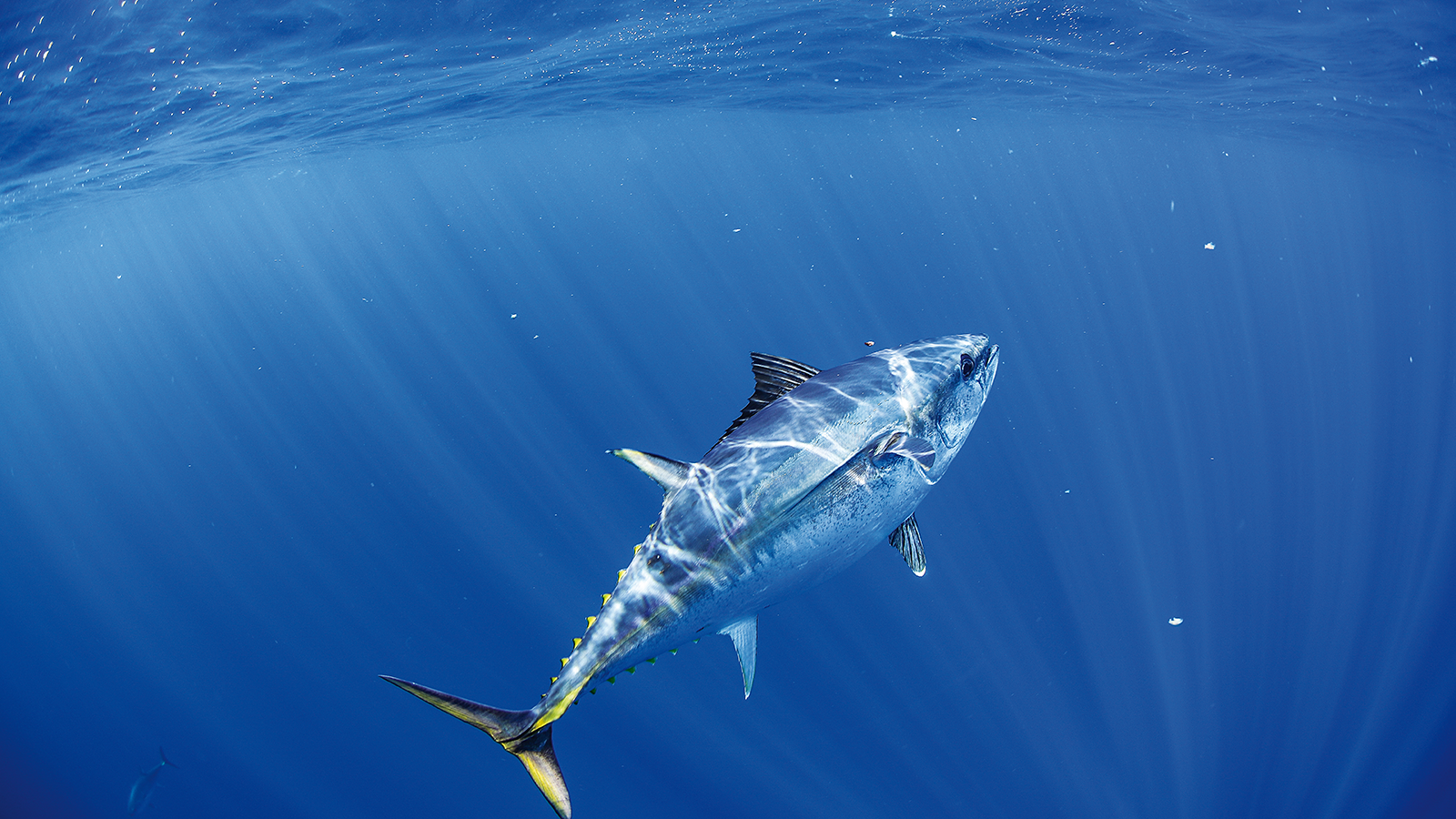The long-term capacity of Australia's aquaculture and fishing industry to compete and succeed internationally will be determined by the ability of Australian producers to recognise changing consumer preferences, adopt new technologies and production practices and maintain the sustainability of their operations by protecting their production environment.
To do this they need to be knowledgeable about the forces shaping international trade policy in key markets, the issues behind consumer sentiment and the technological advances being made by producers in other countries. They need to be able to digest this information and then use it to make rational management decisions, which position their enterprises to benefit from international opportunities as they arise. All of this lies at the heart of the Nuffield Australia Farming Scholarship program.
Each year, Nuffield Australia awards Scholarships to selected primary producers throughout Australia. The objective of these scholarships is to increase practical farming knowledge, improve management skills and encourage the use of new and innovative production techniques. These scholarships give Australian citizens the opportunity to study farming practices in New Zealand, Europe, Asia and the Americas and countries relevant to the Scholar's interests.
This project addresses the goal of the FRDC’s People Development Program (the Program) which is to develop the capabilities of the people to whom the industry entrusts its future by investing in research and development activities that:
1. enhance industry leadership within all sectors;
2. build industry capacity to drive change to achieve goals;
3. encourage knowledge transfer and R&D adoption;
4. build workforce capability; and
5. recognise and promote achievements.
Particular focus is given to the outcomes sought under objective 3 - encourage knowledge transfer and R&D adoption.
Report
A changing culture, education and a robust supply chain are three very important roles in Australia’s oyster industry. The Australian oyster culture is changing with the help of international chefs and one particular oyster finisher, Steve Feletti; who has been leading the way in changing the oyster culture in the way he sells and markets his oysters.
In the past, Australian oyster farmers sold live oysters in bulk to processors who would shuck the oyster and rinse the oyster meat under a fresh water shower. This method is becoming less respected and is seen as a lower profit way of selling oysters from the farm gate.
The majority of the worlds’ oyster supply will see oysters being sold live and oysters will be shucked, either to order at restaurants and markets, or taken home and shucked in household kitchens. The reason behind this is the oyster remains alive until it has been shucked and then it will be served in its own natural juice. In fact, in some countries it is against the law to serve or handle oysters the same way Australians do. Educating the consumer is about teaching them how to handle, shuck and serve live oysters. The future opportunities for farmers are to sell live oysters with higher value or profit margins.
Re-modelling the supply chain is the aim of the study. The supply chain needs to be robust and add value. This needs to start at government and policy level; fed through to farmers, transport, restaurants; and finish at the consumers. The lack of communication between government, oyster associations, oyster committees and farmers is becoming an increasing issue.
The recommendations of this report show how a stronger supply chain could add value. The winners will be farmers changing their supply chain to the value chain, restaurants/markets selling higher quality, and the consumers getting value for money.





